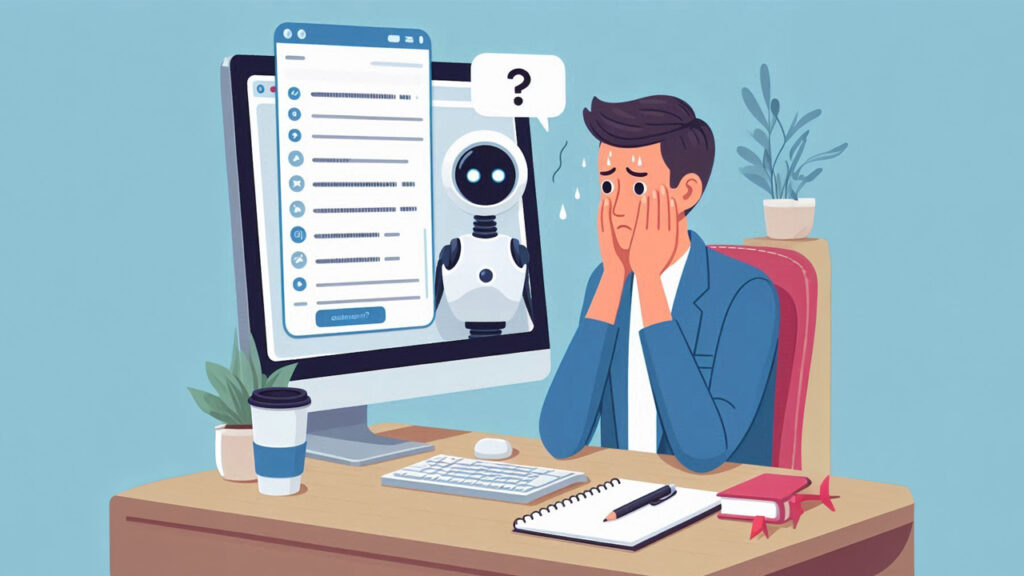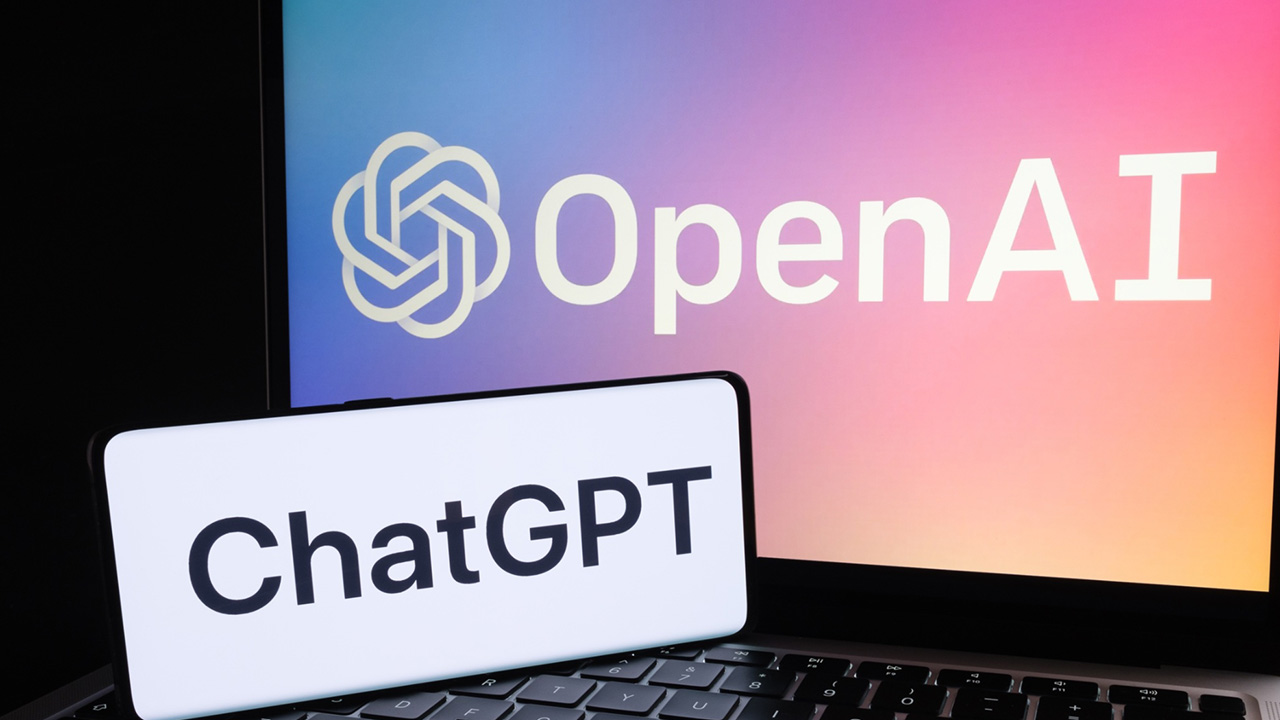OpenAI’s GPT-4 model managed to pass the Turing Test in a study conducted by a group of researchers. This test was invented by Alan Turing in 1950 to measure a machine’s ability to mimic human intelligence. In order for an AI to pass the Turing Test, it needs to talk to a human and convince them that it is another human.
GPT-4 succeeded in imitating human intelligence in the Turing test
As part of the study, the researchers gave 500 people the opportunity to talk to four different participants. One of these participants was human, one was powered by the 1960s artificial intelligence ELIZA, and the other two were powered by GPT-3.5 and GPT-4. Each conversation lasted five minutes, and participants tried to guess who was human at the end of the conversation. The results were quite striking; 54 percent of the participants rated GPT-4 as human.

In a study where 67 percent of human participants, 50 percent of GPT-3.5, and only 22 percent of ELIZA were human, the results of GPT-4 were remarkable. The researchers claim that these results mean that GPT-4 has passed the Turing Test.
Of course, there is much debate about whether the Turing Test is sufficient to measure a machine’s intelligence. While the test is designed to measure a machine’s ability to behave like a human, the ability to mimic social-emotional factors is more important than the raw intelligence needed to fool humans. This ability of AI is seen as one of the key elements behind the success of GPT-4.
This news will also raise concerns about the potential dangers of AI. Even experts known as the “fathers” of AI are warning about the risks this technology could bring. The fact that GPT-4 passed the Turing Test shows how far we have come in the age of artificial intelligence and how people are approaching it.














